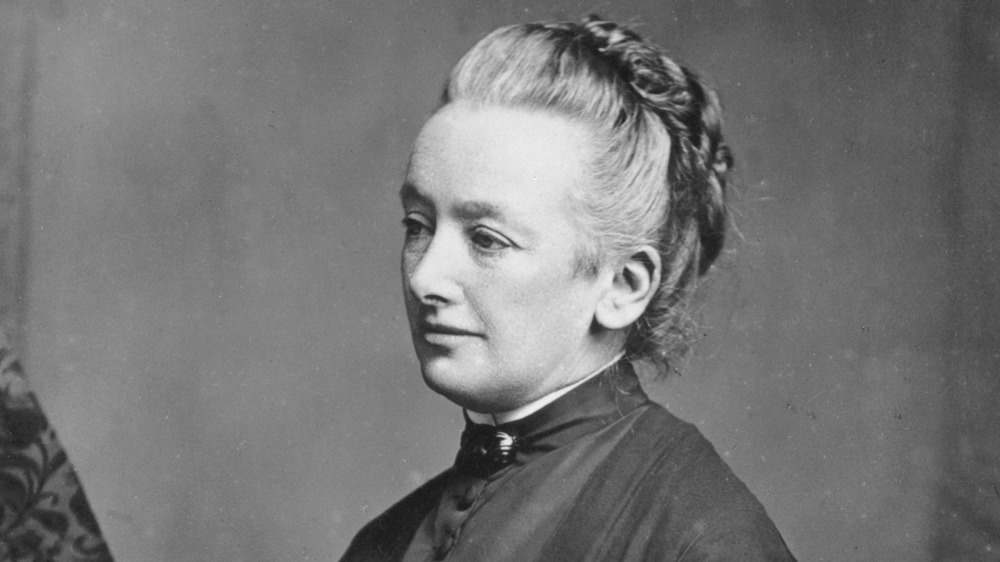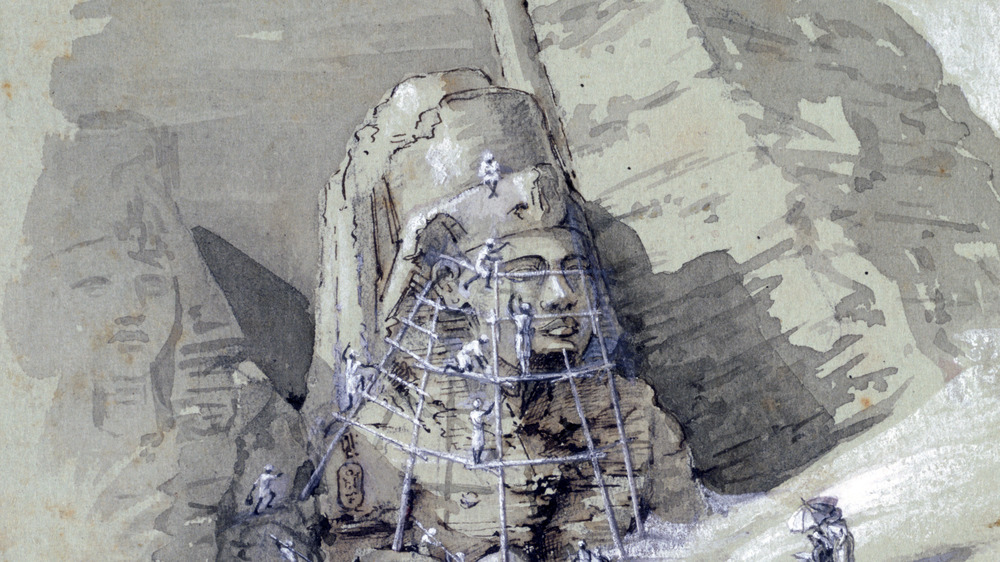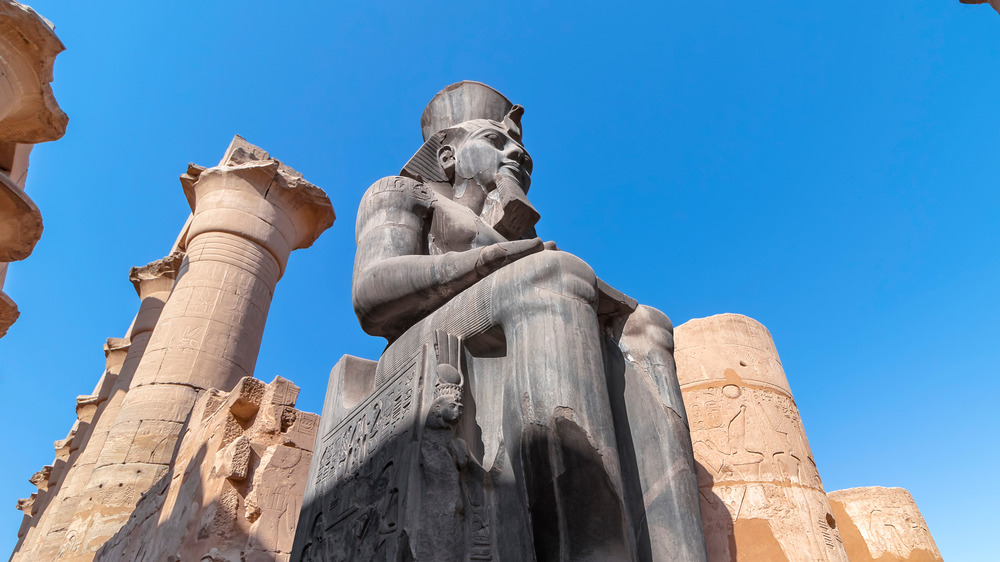All The Details About Amelia Edwards
Lara Croft, from the video game Tomb Raider, was a privileged young girl who became an explorer and treasure hunter. And while she doesn't exactly have a real-life counterpart, Amelia Edwards, an English novelist and Egyptologist, comes close. Edwards is one of the fascinating women whose stories somehow aren't taught to students.
Born in 1831 to a father who was a British Army captain-turned-banker, Edwards wanted to be a writer at an early age. Her mother was teaching her at home, but it was clear she was destined for more. Edwards was seven when her parent submitted one of her poems to famous literary journals, and she was 12 when they published her first story, said the Egypt Exploration Society. By 1850, she had published her first book.
At first, Edwards focused on writing fiction novels, starting with her first book, My Brother's Wife. These stories often focused on drama, but she always painstakingly researched every aspect of her writing. Soon after her parents died in the 1860s, Edwards decided to leave London and start traveling the world.
Her first travel stories were set around the Dolomites, a mountain range in Italy. She traveled there with a female companion, Lucy Renshaw, which the Mariners' Museum and Park called unusual for the time. After all, this was the Victorian age and women generally did not travel without a male chaperone. The Dolomites didn't have roads or hotels, so Edwards and Renshaw trekked around the mountains. The whole journey took them a month, and Edwards wrote about it.
A fateful journey
But Edwards's most significant achievement lay in her interest in Egypt. She and Renshaw weren't planning on going to Egypt, but torrential rains in Europe forced them to change their travel plans and look toward warmer climes. They journeyed along the Nile River in a rented dahabiyeh, a small sailboat, packed with other artists, writers, and intellectuals. Starting the journey from Cairo, it took seven weeks for the travelers to reach Abu Simbel. Edwards recounted the whole trip in her book A Thousand Miles Up the Nile, described on the University of Pennsylvania website.
Once they reached Abu Simbel, Edwards participated in a dig around the Temple of Ramses II and other ancient sites. After 18 days, the party moved down to Thebes, where Edwards saw the opening of a newly discovered tomb.
In her books, Edwards meticulously wrote down everything that she saw and experienced. She talked about the wonder of seeing the tomb open and excavating treasures from a temple. The book was a hit, explained the Egypt Exploration Society, and drew more people to visit the country.
This popularity, however, had a down side. Edwards noted the widespread theft in the archaeological digs and the deterioration of many of these ancient artifacts. She took notice of men, claiming to be archaeologists, carelessly wiping away the original paint in the temples, of tourists carving their names onto the stones, and locals stealing items for collectors. She quickly realized there was no authority who could protect the sites from further damage.
She established an explorer's fund
Edwards knew that for studies of ancient Egypt — Egyptology — to improve, attention must be paid to preserving the historical temples and tombs. Most of the Egyptologists at the time had little experience and less knowledge of actual excavation. It was mostly wealthy men excited to see if the Pharoah's Curse was real. The field was only starting to be taken seriously as a profession.
So Edwards, along with R.S. Poole, the Keeper of Coins and Medals at the British Museum, established the Egypt Exploration Fund, now the Egypt Exploration Society, per English Heritage. They aimed to protect historical sites from damage, and funded expeditions to Egypt to bring back artifacts to England.
Edwards continued to work at the fund until her death from influenza in 1892. She was buried near her life partner, Ellen Drew Braysher, the BBC reported. Her grave featured an ankh and an obelisk to represent her love for Egyptian history. At her death, Edwards bequeathed her collection of Egyptian antiquities to the University College, London, which then established the Edwards Chair of Egyptology, which funded positions for leading Egyptologists.
Amelia Edwards became fascinated by travel and nature, but it was her love for history, especially Egyptian history, that helped changed the course of archaeology and historic preservation.


